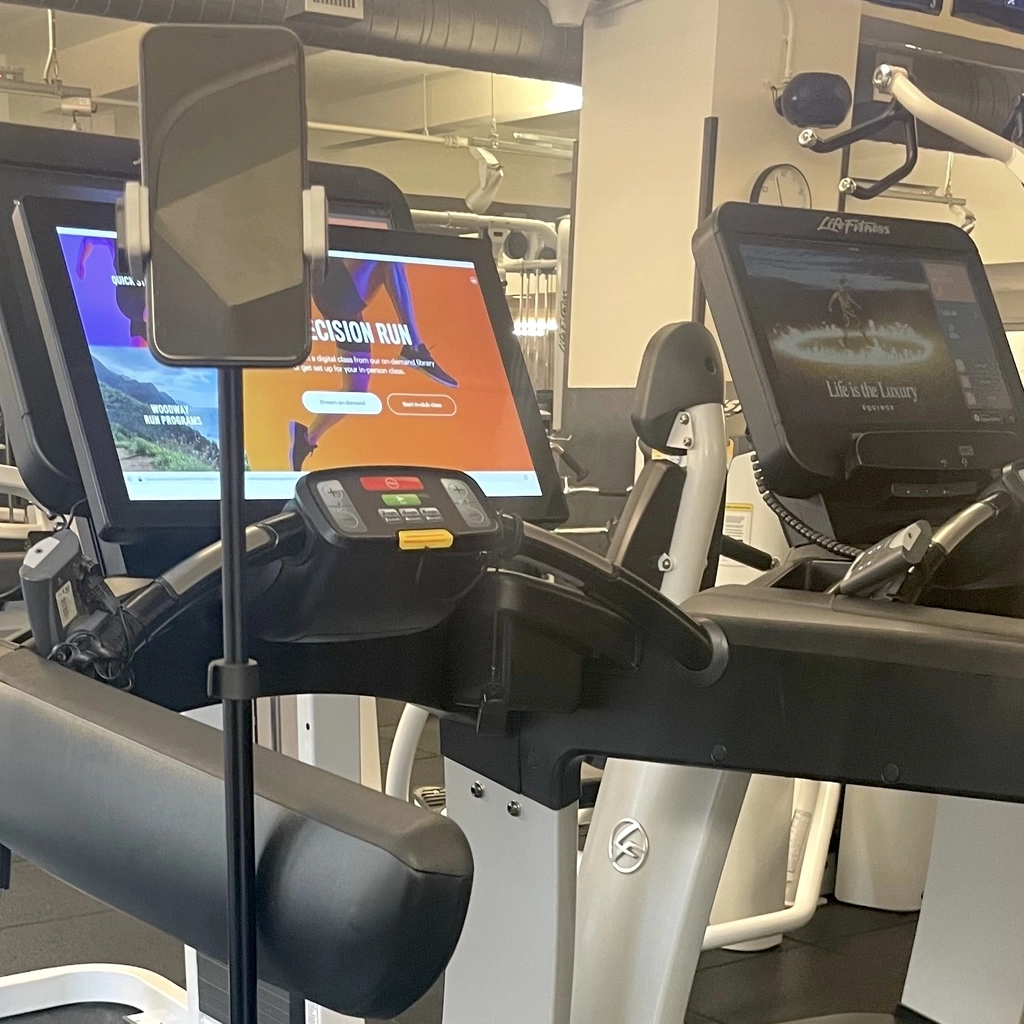
How to get better research and insights, according to a Research Manager at Equinox

UX Unfiltered is our series where we hear from UX, CX, design, and research professionals on tips for success at top organizations and their real-life examples to inspire your teams. Below, read our Q&A with Sam Shi, Research Manager at Equinox, on three critical researcher habits and how to nurture relationships.
1. Tell me more about your team. How long have you done testing for feedback, and what sparked it to begin with? Has the process or attitudes changed over time?
I first joined Equinox in July 2019 and started testing right away. I manage research across the organization—from consumer to UX research. I was (and currently am) embedded on the design team, sitting close to the conception of our digital products. However, I also conduct non-UX specific research, so I function more like a shared resource. At Equinox, the member’s voice has to some degree, always been a consideration. There is a growing desire from all teams to conduct research, to understand better how our members feel, what they want and why.
2. Describe a typical day for you at Equinox.
I spend my time on various tasks: interviewing members, testing prototypes, designing studies, programming surveys, synthesizing data, and extracting insights. Most of the time, I conduct interviews remotely and analyze the recordings using the UserTesting platform. Sometimes, I conduct in-person sessions.
For example, the team has been working on a new and improved treadmill dashboard for our connected cardio experience as part of our Precision Run classes. For these in-person sessions, I invited members to meet with me in the club and provide feedback while walking/jogging on a treadmill to closely simulate the natural environment in which they will use this product. The prototype was hacky and not fully functional. I repurposed one of our test tablets (an unused SoulCycle at-home bike tablet). I was able to load a Figma prototype using the browser on the tablet (only accessible via the developer tools).

Courtesy of Sam Shi
During the test, I positioned it on the treadmill to lean against the existing treadmill screen. As participants were running (limited to a light jog for safety reasons), I held on to the device. As participants interacted with the screen, I acted as the technology and adjusted the speed and inline of the treadmill.
I love how scrappy we were, and despite not having a fully functional prototype, I was able to gather in-depth product design feedback. Plus, the fact that I could conduct these sessions in-person on the treadmill in the gym environment, with people working out around us, was incredible. It was contextual and real, and nothing beats that kind of feedback.
3. How would you convince a stakeholder that research needs to be prioritized? What words of wisdom do you have for teams that may struggle in this area?
The high-level answer to this question is: Listen and empathize with the voice of your customer. We uncover real needs by listening to our customers.
Some of my most valuable insights have come from conducting in-depth 1:1 interviews. As a researcher, it’s then my job to show why these interviews are valuable, e.g., what is the insight (not just the observation) that I’ve extracted from synthesizing the themes.
Good research isn’t just sitting there and collecting data and regurgitating information. Good research is rooted in understanding the difference between what people say, what people say they do, and what people actually do.
It’s not enough to identify pain points and make recommendations for how to solve a user need. You must also guide ideation and help prioritize user needs relative to business goals. The solution then also needs to be technically feasible.
Your job as a researcher isn’t to convince stakeholders that research needs to be prioritized; your job is to identify better business decisions and advantageous opportunity areas based on research. If this was your business and your money, what would you need to know to be convinced?
Related reading: 5 questions to help prioritize your research
4. How do you recommend researchers nurture their relationships when working remotely or being part of a team spread out across time zones (or when there are language or culture barriers in the mix)?
Say hi, ask how their weekend was and put effort into getting to know your coworkers. Time zones are tricky. Be considerate, and maybe sacrifice that morning workout on Wednesdays so you can call your colleague who’s five hours ahead.
The biggest piece of advice I can offer is: Don’t assume that your way is the right or the only way of doing or thinking. If you don’t understand something, or if you disagree with something, remove your ego and probe further. Don’t be shy: ask them to elaborate and give examples. Ask them to help you understand.
5. In addition to building relationships, what are other valuable researcher habits?
1. Walk the walk
Use your products. Live the life of your company mission. If this doesn’t sound appealing, then perhaps you should reconsider your current career path. (Yep, I said it.) People can feel when your heart isn’t in it. This applies to everyone around you: your coworkers, your manager, your end-users, your friends, and family. The best way to empathize with others and to spread that empathy is to be one with them.
2. Predict the need, and stay ahead of the game
Get in the habit of conducting ongoing generative research, and avoid only spending time on product-/marketing-/content-specific research. Have a genuine desire to deeply understand who your customer is, what they want, why they want it, and what they expect from your brand—and where they hope to see you go. By conducting generative research on an ongoing basis, you become the go-to source for identifying key opportunity areas. A business is nothing without its users. The business has a vested interest in staying close to what their users are thinking and feeling.
3. The outer body experience—challenge the norm
Remind yourself of the vacuum that you operate in. Consider:
- Stepping outside of your day-to-day
- Pursuing a constant understanding of that which you do not know
- Evaluating situations and objectives from a new perspective
- Subtracting your subjectivity
- Experiencing ego-death
- Understanding what it’s like to remove the self
- Taking it one step further and embodying the subjectivity of others.
- Prioritizing gaining a new perspective and understanding of the world and its people
If you truly desire to become a good researcher, your role doesn’t really have an end or beginning.
Every interaction that you have is an opportunity to become better at what you do.
6. What does user feedback or insight mean to you, your team, or your work? What has been its impact?
Let me start by differentiating between user feedback and insights. Many people can gather user feedback, but few can provide insight. Feedback is something a user says; meanwhile, insight is your synthesis. After collecting the feedback, we sift through it with our critical thinking, as we ask ourselves: What is the meaningful insight, and why does it matter to the organization? Feedback alone doesn’t make enough of an impact.
Insight—if delivered through the right medium and in the proper context—has the potential to influence your company’s strategic roadmap.
To me, insight means building products your customers love while meeting business goals. Insights keep us honest and help us make decisions that we have confidence in. Over the last few years, research at Equinox has not just impacted the product, but it has also started to impact mindset, and to me, that is the ultimate goal.
Parts of this Q&A have been edited and condensed for clarity.

Watch a demo
See how easy it is to get fast feedback on a website, prototype, design, or more in this demo.





